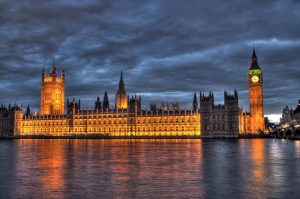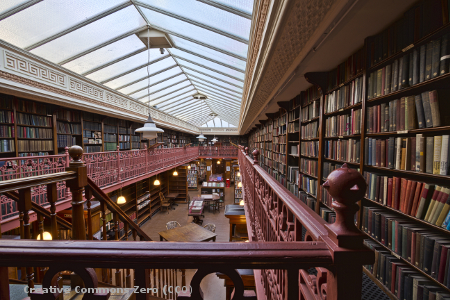2017 General Election Polls
Senior Consultant Diana Varley looks in more detail at the polling during this General Election campaign.

Until Theresa May called the General Election, the polls were relatively consistent. Last month the Conservative Party were miles ahead and Jeremy Corbyn’s Labour Party were struggling to keep up. UKIP were just behind the Liberal Democrats, polling at between five and seven percent compared to the Liberal Democrats’ 12 percent. Meanwhile the Greens were polling at less than three percent.
Then the Prime Minister called a snap General Election and all hell broke loose. In polling terms. The UKIP vote collapsed virtually overnight – the County Council elections seeing them wiped out – and the Liberal Democrats found that they were losing votes to the Labour Party. The sudden switch was probably down to people taking a harder look at who they actually want to run the country.
Over the last week the polls have become incredibly volatile. They have gone from predicting a huge Tory majority just two weeks ago, to a tightening race last week and now potentially to a hung Parliament. If they are to be believed, Theresa May has squandered a 20-point lead. The question is, how did she allow this to happen?
The answer is, perhaps she hasn’t.
This, as we know is not the first time that polls have called things wrong. In 1992, the phenomenon of the ‘Silent Tory’ was first recognised. People were nervous of calling themselves Conservative. To take this in to account, the pollsters adjusted their methods, testing the new outcomes on local elections. But again in 1997, the pollsters called it wrong, overestimating the Labour Party’s support. The pollsters predicted the ‘right’ result, but they were still wrong.
In addition, this ‘wobble’ in the polls happens at every election. This could be because the leading party had a bad week – as we saw with Theresa May U-turning on her manifesto. The result is voters feel they can punish the Party for doing something that they don’t like. Furthermore, it is worth looking in more detail at the polls themselves. All of the polls themselves agree that the Conservative Party are consistently polling at around about 45 percent. There is of course a margin of error, but we can agree that the polls are roughly in line with each other on where the Conservative vote is. Additionally, the polls seem to roughly agree on where the vote is with smaller parties: UKIP, the Liberal Democrats and the Green Party.
It is in reality the Labour vote that seems to be volatile. Pollsters accepted just after the 2015 General Election that the political fabric of our country, and indeed from looking at recent big elections, the world, has changed enormously. None of the pollsters were able to predict a Conservative majority, albeit a small one, in 2015. Further, none of the pollsters predicted that Britain would vote to leave the EU or that Donald Trump would win. They were even quite wrong on the French Presidential election. Although, because the polls predicted the ‘right’ result, this has gone largely unnoticed.
There could be any number of reasons why pollsters are coming up with such different conclusions. But one area to think about is the reliability of Labour’s vote. A huge number of people have registered to vote at this General Election. Labour’s vote, which has always been a bit unreliable, now has to take into account activists from Momentum, i.e. people who would not ordinarily vote. Predicting who is going to turnout is proving to be difficult for pollsters. The EU referendum had the highest turnout amongst people who would usually not vote that it is now difficult to forecast who might or might not turnout.
Furthermore, political polling demonstrates that traditional Labour voters who do not like Corbyn are saying that they will still vote Labour at the General Election. However, a firming up of the Labour vote might see these anti-Corbyn Labour supporters stay at home on polling day.
Another reason for the polling could be that pollsters are frightened of calling another election wrong. If the pollsters are wrong again the political class will use it as a stick to beat the industry. However, by predicting a Conservative win, the pollsters could well be hedging their bets. If the Conservatives do indeed win with a landslide victory when the pollsters only predicted a 50-seat majority, as with President Macron’s election victory, the people will largely forget about it.
It is also worth saying that although we look to the polls to offer guidance, this is essentially a competitive business. The last year has shown how unpredictable elections are. If a relatively new pollster can be bold and predict something against the grain, and get it right, then they are more likely to be seen as the pre-eminent expert in polling in coming years. Therefore, we are bound to get the odd unusual prediction from time-to-time like never before.
Either way, there is some thought to be given about the difference between forecast and fact in this post-truth world.
